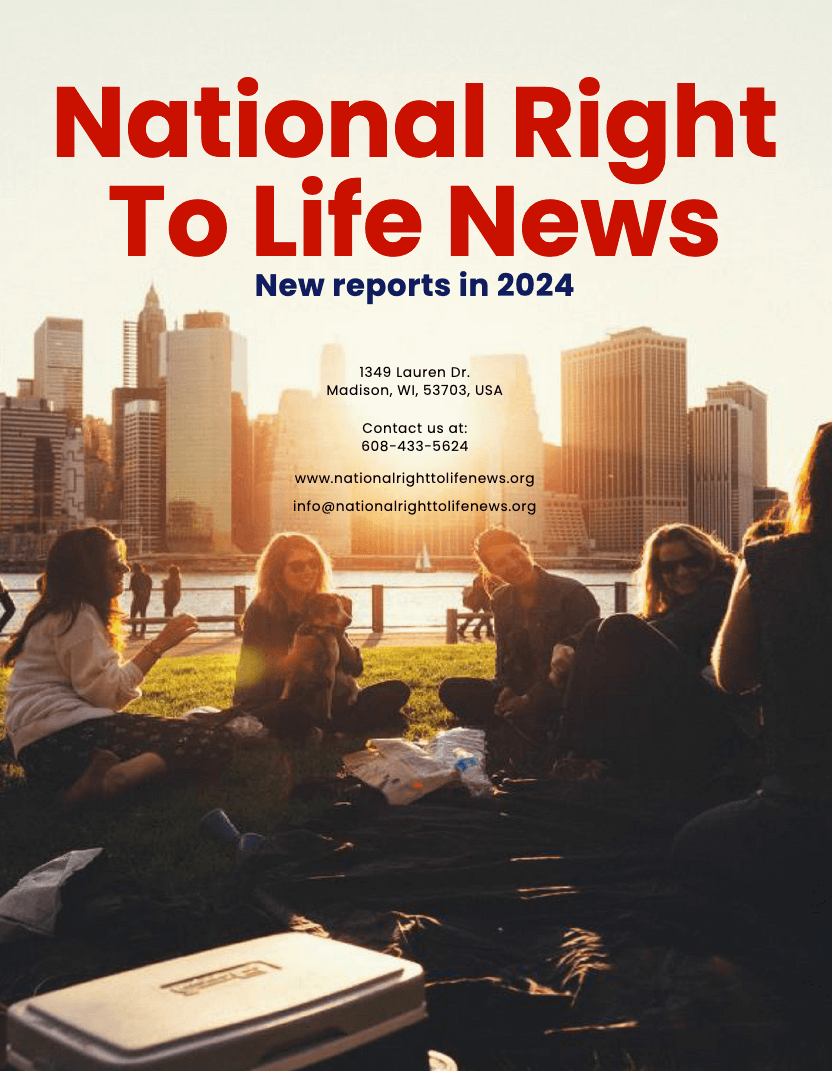When people talk about something that “saved their skin,” they usually mean that it helped them out of a difficult situation. But a young boy in Germany has literally had his skin—and his life—saved through the use of genetically-engineered adult stem cells. Adult stem cells are the ethically acceptable alternative to the destruction of human embryos.
The boy suffered from a condition called junctional epidermolysis bullosa, a severe and often lethal disease in which a mutation leaves the skin cells unable to interconnect and maintain epidermal integrity. The skin blisters and falls off, and the slightest touch or abrasion can leave a patch of skin gone and a painful, difficult-to-heal wound behind. There is no cure for the disease and little other than palliative care available for sufferers of the most severe forms.
Now researchers have combined use of adult stem cells with genetic engineering to successfully treat the young boy’s life-threatening condition. The boy’s doctors in Germany called on Dr. Michele De Luca at the University of Modena and Reggio Emilia in Italy to use a technique he has developed to correct the genetic problem and grow new skin.
Over many years, Dr. De Luca has developed a method to grow skin from a patient’s own epidermal adult stem cells, correct the genetic mutation in the laboratory, and use the genetically-engineered adult stem cells to grow healthy new skin. Dr. De Luca and his team took a tiny patch of skin from the boy, isolated the epidermal stem cells and corrected the genetic problem in stem cell culture. Then they grew sheets of genetically-corrected skin and transplanted them onto the boy.
Reports called the boy’s recovery “stunning,” with successful replacement of 80 percent of his skin. Before the procedure, the boy’s doctors tried several treatments to no avail. One doctor even said, “We had a lot of problems in the first days keeping this kid alive.” Yet within six months of starting the process, the boy was back in school. His skin has remained healthy and completely blister-free. According to the published reports now 21 months after the boy’s transplant, he loves to show off his “new skin” and is enjoying school, playing soccer, and being a normal kid.
The research has also taught scientists much about the possibilities of using adult stem cells in combination with gene therapy for treatment of diseases.
Editor’s note. David Prentice, Ph.D. is the Vice President and Research Director of the Charlotte Lozier Institute. This first appeared here.
Chelsea Garcia is a political writer with a special interest in international relations and social issues. Events surrounding the war in Ukraine and the war in Israel are a major focus for political journalists. But as a former local reporter, she is also interested in national politics.
Chelsea Garcia studied media, communication and political science in Texas, USA, and learned the journalistic trade during an internship at a daily newspaper. In addition to her political writing, she is pursuing a master's degree in multimedia and writing at Texas.

